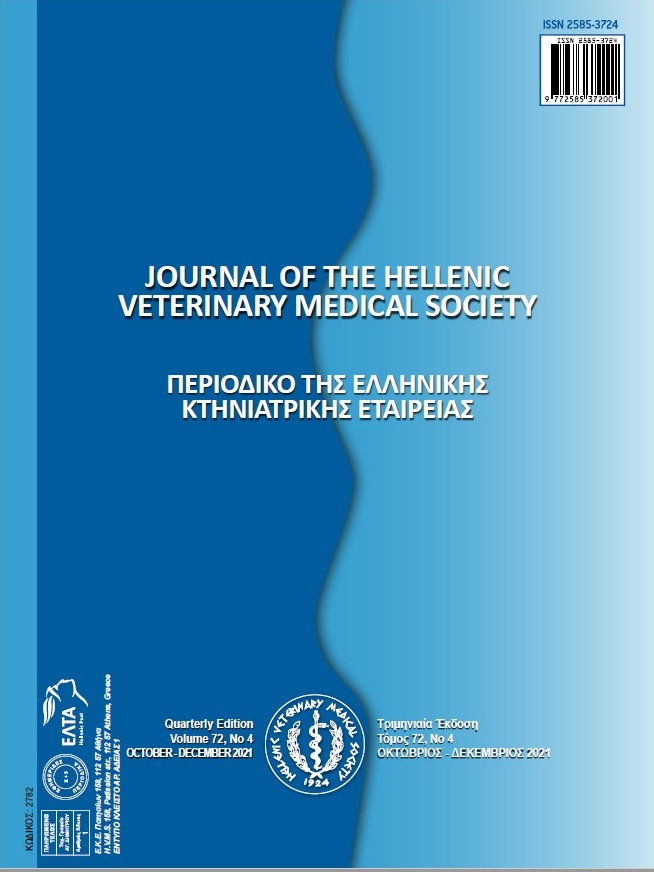Cloning of the xylanase gene from soil Streptomyces into Escherichia coli for the poultry industry application
Abstract
Streptomyces are gram-positive aerobic strains that are isolated from soil, water, sediments, and various sources. The bacteria are capable of producing secondary metabolites, such as enzymes that sometimes play unique functional roles in industry, and are one of the important bio-control agents. This study aimed to isolate and clone thexylanase gene from soil Streptomyces. Soil samples were collected from Markazi Province, Iranafter specific biochemical examinations, isolation of bacteria, and DNA extraction. PCR was then performed to identify the strains containing the xylanase gene. The gene from the positive strains was cloned into an E.coli host-vector by TA cloning technique and finally, the expression of genes in E. coli origami was measured by Real-Time PCR technique. ClustalX and Mega5 software were used to draw the phylogenetic tree. A total of twelve Streptomyces isolates were identified from the soil samples. Among all the isolates, threeones had the xylanase gene. After cloning the xylanase genes, the cloned strains were isolated. To confirm the DNA cloning, Real-Time PCR was performed, and finally, the PCR product where sequenced. In this study, Streptomyces was identified as a native strain for the expression of xylanase after generating recombinant plasmid and TA cloning. It can be stated that cloning of the xylanase gene from soil Streptomyces in E. coli can be used in the poultry industry.
Article Details
- How to Cite
-
BAHRAMINIA, M., MORADMAND, F., & AMINI, K. (2022). Cloning of the xylanase gene from soil Streptomyces into Escherichia coli for the poultry industry application. Journal of the Hellenic Veterinary Medical Society, 72(4), 3377–3382. https://doi.org/10.12681/jhvms.29390
- Issue
- Vol. 72 No. 4 (2021)
- Section
- Research Articles

This work is licensed under a Creative Commons Attribution-NonCommercial 4.0 International License.
Authors who publish with this journal agree to the following terms:
· Authors retain copyright and grant the journal right of first publication with the work simultaneously licensed under a Creative Commons Attribution Non-Commercial License that allows others to share the work with an acknowledgement of the work's authorship and initial publication in this journal.
· Authors are able to enter into separate, additional contractual arrangements for the non-exclusive distribution of the journal's published version of the work (e.g. post it to an institutional repository or publish it in a book), with an acknowledgement of its initial publication in this journal.
· Authors are permitted and encouraged to post their work online (preferably in institutional repositories or on their website) prior to and during the submission process, as it can lead to productive exchanges, as well as earlier and greater citation of published work.



